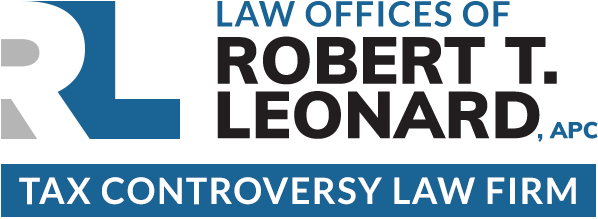For many people with back taxes due, an important consideration is the time limit. With a simple online search, people can discover that generally the IRS has 10 years to collect back taxes from the time the initial tax liabilities were assessed.
However, most people don’t realize that this 10-year expiration date is not set in stone. There are numerous factors that can extend this 10-year limit. It is important to know how these extensions work so you can have a better understanding of when you will arrive at the date past which the IRS can no longer collect.
The collections statute expiration date
According to the IRS, the collections statute expiration date (CSED) is generally 10 years, but there are numerous possibilities for extending this time period.
Times when the IRS cannot engage in collections activities
One of the most common reasons for extending the CSED involves time periods in which the IRS is prohibited from engaging in collections on back taxes.
Bankruptcy
Bankruptcy proceedings: When someone files for bankruptcy, it triggers what’s called the “automatic stay,” which means that no one can engage in collection activity against the bankruptcy petitioner for the duration of the bankruptcy proceedings. So, the time of the proceedings will be added on to the collections expiration date. It is important to note that, with bankruptcy, the IRS will tack on an additional six months to the time of the automatic stay. For example, if you go through the process of filing for bankruptcy relief at any time between the filing and the 10-year CSED, the CSED will extend for however long your bankruptcy proceedings last, plus an additional six months. So, if your bankruptcy takes six months, your amended CSED will be 11 years from the time of assessment.
Other issues that add to the CSED
In addition to bankruptcy, some examples of issues that will increase the 10-year CSED include.
- Offers in compromise (OIC): When an OIC is made, it takes time for the offer to receive approval or denial, and possibly more time to negotiate the deal. During this time, the IRS cannot engage in collections, so whatever time it takes to go through the OIC process will be added on to the CSED.
- Installment agreements: Installment agreements work much like OICs. There is an initial offer and time for consideration and negotiation, during which time collections actions are prohibited. This time will be added onto the 10-year CSED.
- Due process hearings: When a taxpayer makes a due process argument, this action takes time. During that time, the IRS cannot do collections work, and so that time is added onto the CSED.
These are a few of the causes for the IRS to extend the CSED. All of them are of a pattern in which times of collection prohibitions do not count against the 10-year CSED and are therefore added to the overall time period.
Assessment date
All the calculations above are based on the assessment date. To understand where the CSED is in your case, you must have accurate knowledge of the assessment date. Further, it is important to note that you could have more than CSED for different tax years and different issues in the same year.
If you have any concerns about back taxes, collections and timeframes for collections by the IRS, it is critical to work with an experienced tax lawyer who can walk you through the entire process and protect your financial interests.
